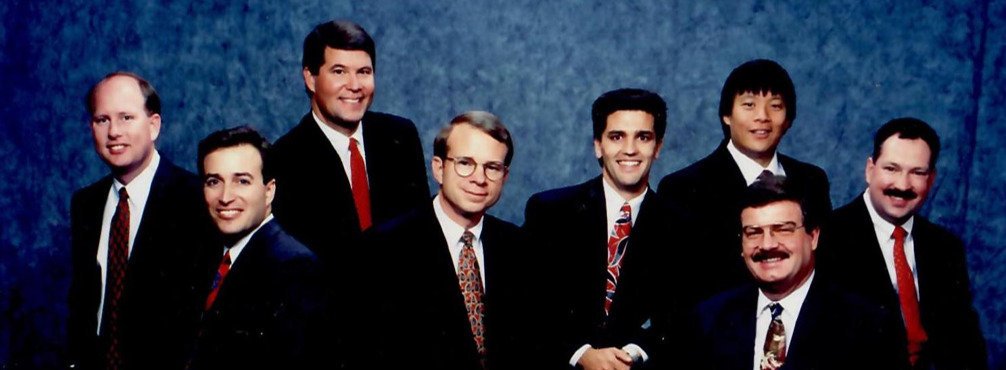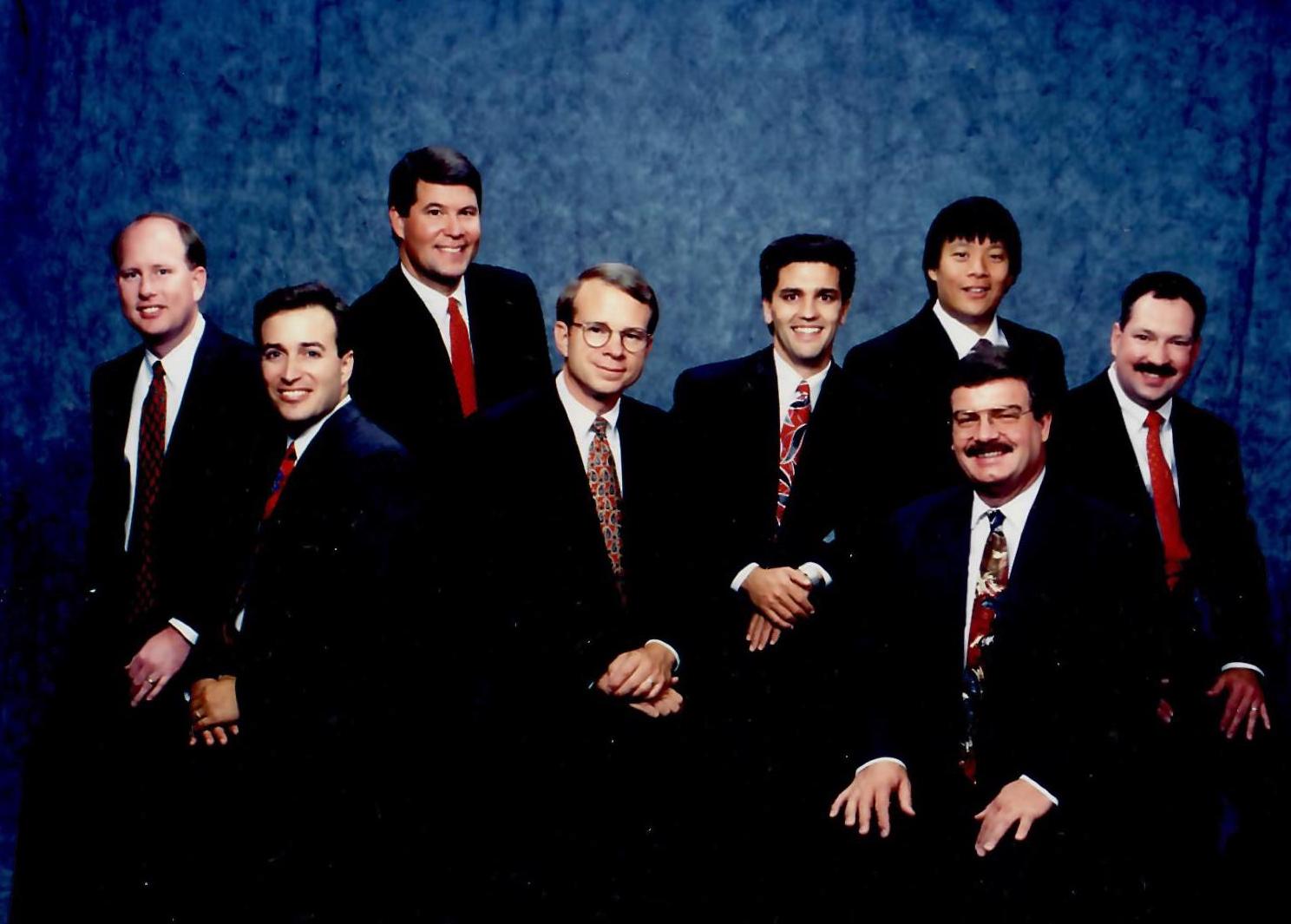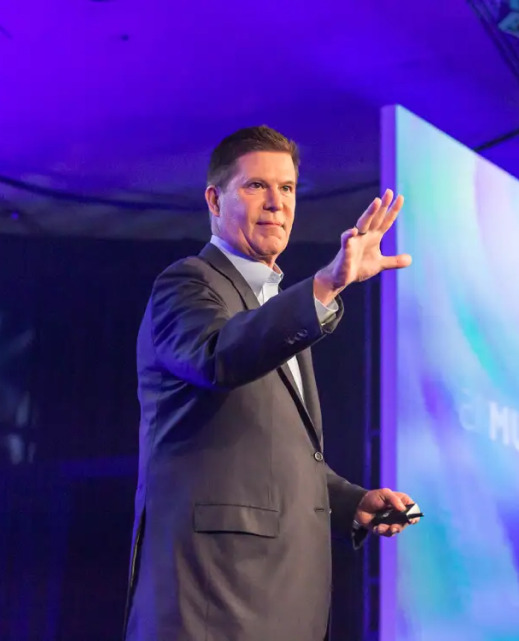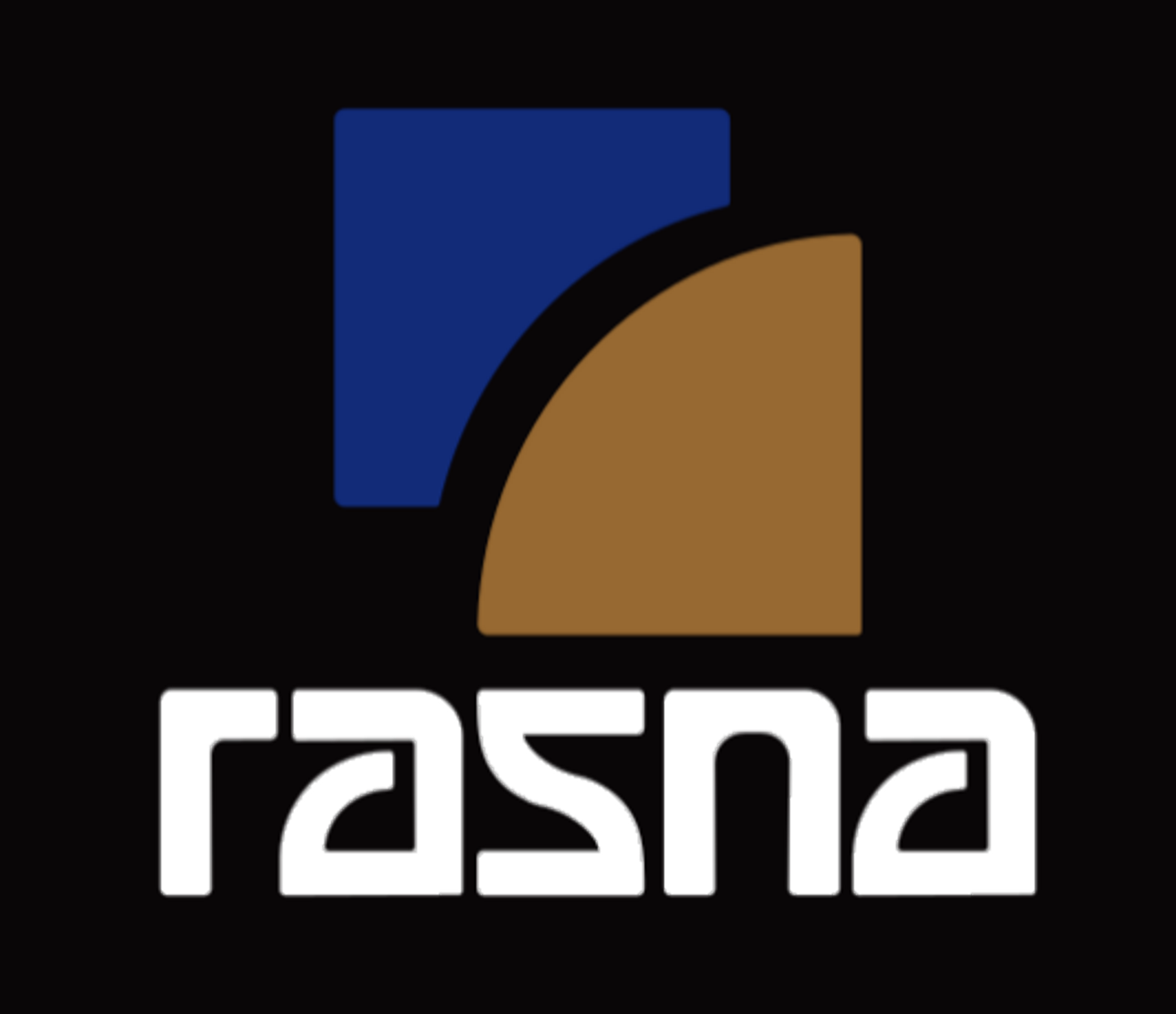
ENGINEERING AUTOMATION
In the early 90s, Krach and his founding team at Rasna created the category of Mechanical Design Synthesis by developing an easy to use methodology for analyzing mechanical designs.

Rasna

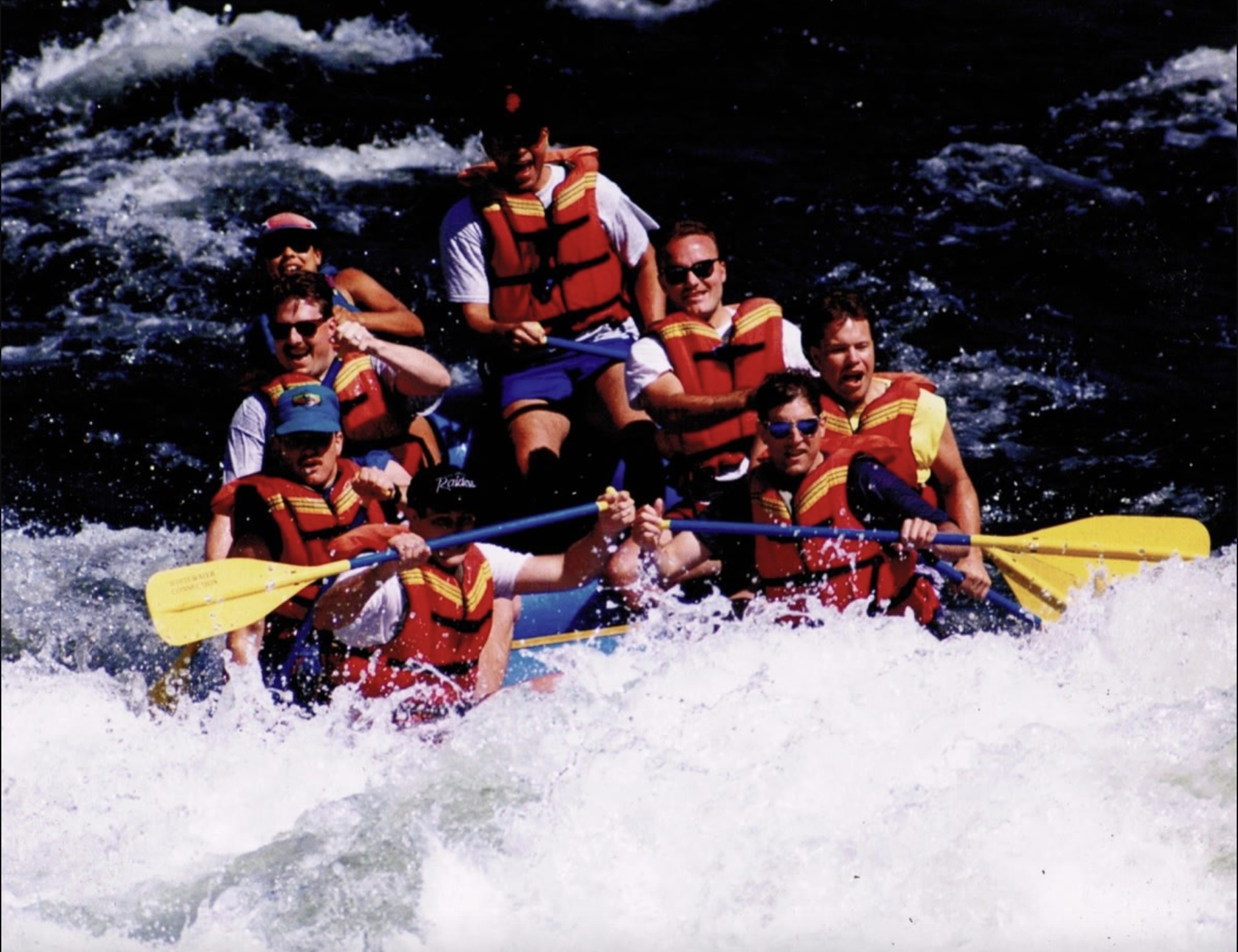
In the early 90s, Krach and his founding team at Rasna created the category of Mechanical Design Synthesis by developing an easy to use methodology for analyzing mechanical designs. It enabled design engineers to automatically optimize products instead of having to rely on PhD specialists. Rasna was ranked #3 on the Inc. 5000 fastest growing companies, and was later acquired by Parametric Technologies and remains today strategic for engineers globally.
Accomplishments
LED THE CREATION OF NEW ENGINEERING DESIGN SOFTWARE: MECHANICAL DESIGN SYNTHESIS
BUILT STRATEGIC PARTNERSHIP WITH JAPANESE FIRM TO EXTEND RASNA’S “RUNWAY” TO BRING PRODUCT TO MARKET
RANKED #3 ON INC. MAGAZINE’S ROSTER OF FASTEST GROWING COMPANIES
1995 SOLD THE COMPANY TO PARAMETRIC TECHNOLOGY FOR $500 MILLION
Lessons from Rasna
CREATE AND EXECUTE YOUR PERSONAL MARKETING PLAN
Before joining Rasna, Krach spent nine challenging months at a disastrous software start-up called Qronos. Unable to resolve ethical issues with a dishonest CEO, Krach resigned. But he was new to Silicon Valley, with a newborn son. He quickly put his Harvard Business School education to work and created his own Five-P personal marketing plan to find and land a new job at Rasna.
A BIG MARKET IS AS EASY TO TARGET AS A SMALL ONE
Rasna’s was a revolutionary product that transformed an industry. But the market for engineering design software was relatively narrow. Later on, Krach learned that it’s just as easy to create a product for a big market — so why not go big.
UNIVERSAL RULE FOR SOFTWARE DEVELOPMENT: 2X + N
When Krach joined Rasna, he asked the team how long they thought it would take to develop the product. Their answer, “Six months.”
It wound up taking two-and-a-half years to get the product done. Krach learned that in software development, as with many big complex projects, it’s often not unreasonable to estimate that the real cost in time and money that a project will take will work out to something like “2X + N.” It’s like a law of physics. Double what you think it’s going to take, and add some more.
TAKE A LESSON FROM THE JAPANESE — THINK LONG TERM
With a development timeline stretching from six months to two-and-a-half years, Krach needed investors to extend Rasna’s runway. On the verge of running out of money, with existing investors tapped out, Krach said, “Let’s go to Japan.” Back then, Japanese companies were doing a lot of investing in Silicon Valley and Krach had contacts there from GMF Robotics. Kubota was interested. Krach’s team gave them a three-year business plan, in hopes of raising $1 million.
They said, ‘We don’t do three-year business plans. We do 20-year business plans.’ Rasna ended up asking for $10 million and got it and kept the company alive.
Stanford Case Study: Should Rasna IPO or Sell?
It was April 12, 1995. As David Pidwell and Keith Krach left the meeting with Steve […]
Learn More

